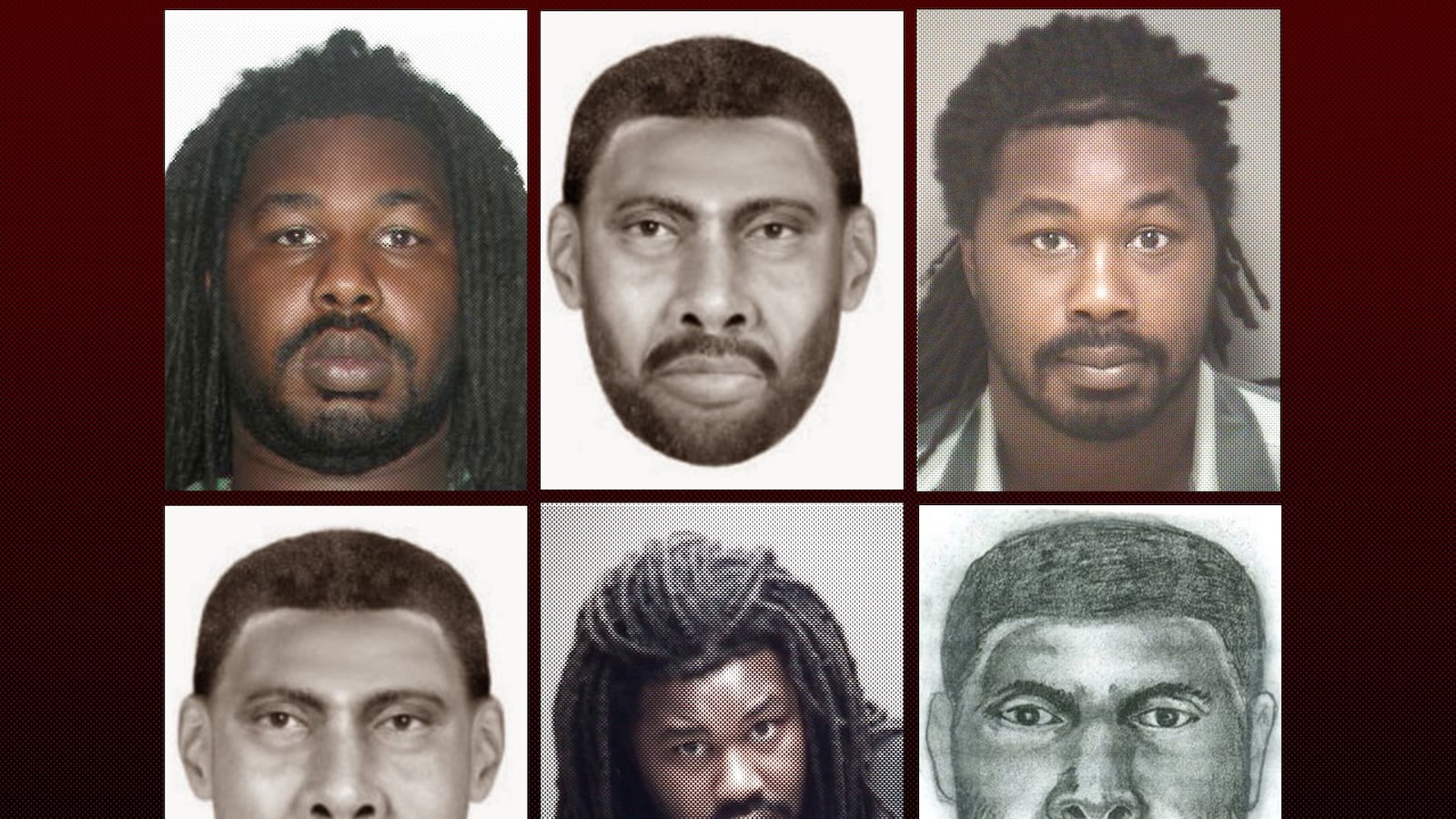The same year Jesse Matthew was accused of raping a fellow student at Liberty University, a major study found that more than 60 percent of rapists commit multiple attacks, an average of six rapes each.
Eleven months after that 2002 accusation, Matthew was accused of another rape, this at the school where he had transferred after the first alleged rape, Christopher Newport University.
He had escaped arrest following the first allegation due to another statistic: The vast majority of the few cases that are actually reported are dropped because either the victim changes her (or his) mind or the prosecutor chooses not to pursue it.
In the Liberty case, the victim is said to have chosen not to press charges.
That also appears to explain why Matthew was not collared in the Christopher Newport case.
“A complaint against Mr. Matthew of sexual assault on September 7, 2003, was made by one of our students,” the university said in a written statement after initially declining comment. “The matter was thoroughly investigated by university police. No physical injuries were reported. The victim chose not to proceed with a criminal prosecution.”
The Newport News, Virginia, school added, “Federal law prohibits us from reporting on university disciplinary actions.”
The U.S. Department of Education appears to take a different view: “An institution may disclose to anyone—not just the victim—the final results of a disciplinary proceeding, if it determines that the student is an alleged perpetrator of a crime of violence…. and with respect to the allegation made against him or her, the student has committed a violation of the institution’s rules or policies.”
Christopher Newport has said that Matthew left the school’s football team five days after the alleged rape and the school itself the following month.
If he had been arrested, he would have been subject to a Jan. 1, 2013, law whereby Virginia became the first state in the union to require the taking of a DNA sample from anyone arrested for a sex crime.
The hitch was that the genetic profile has to be removed from the database if the person is exonerated.
Even so, Matthew’s genetic data might still have been in the computer in 2005, when detectives in Fairfax, Virginia, sought a match for DNA recovered from a 26-year-old woman who had been savagely attacked while returning from grocery shopping. She had been choked unconscious and very likely would have died had a passerby not scared away her attacker.
There remained no match in the database until detectives in Charlottesville, Virginia, ran DNA left by whoever committed the savage murder of 20-year-old Morgan Harrington.
That monster proved to be the same person who attacked the woman in Fairfax.
But the detectives were no still closer to who that might be until 18-year-old Hannah Graham went missing Sept. 13.
Detectives identified Jesse Matthew as the last person to see her alive and this time he was arrested on charges of abduction with intent to defile. He is expected also to face murder and attempted-murder charges, his DNA having been matched with that from the killing and from the choking attack.
The more recent attacks add to the credibility of the victims at Liberty and Christopher Newport who made allegations.
Another statistic worth noting is that only 12 percent of sexual assaults on campus are reported. Matthew was accused twice in less than a year. And that suggests these attacks were such that the victims were driven to overcome the usual reluctance to file a report.
What came afterward supports what is implicit in that 2002 study conducted by David Lisak of the University of Massachusetts and Paul Miller of Brown University and cited in this year’s White House report on sexual assault: By prosecuting a rape case and convicting a rapist, there is a better than even chance you are preventing other women from being victimized.
“A relatively small proportion of men are responsible for a large number of rapes,” the 2002 study notes.
The search for Hannah Graham continues, as does the investigation of the crimes that followed those two campus rapes more than a decade ago.
When that is all done, we should take a long and detailed look at why so few rape victims on college campuses report the attack and why so many of those who do file a report decide not to press charges.
The Christopher Newport campus police recently reported that in all four of the rapes reported there in 2013, the case was dropped either because the victim decided not to press charges or the prosecutor declined to proceed.
If the four rape allegations are true, the odds are that at least two of those rapists will be repeaters and will victimize at least a dozen women or more.
And you can find it in any college in the country: the mathematics of monsters.






